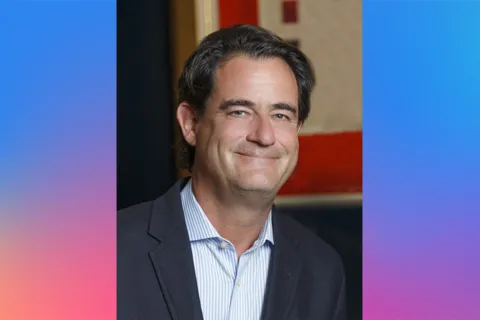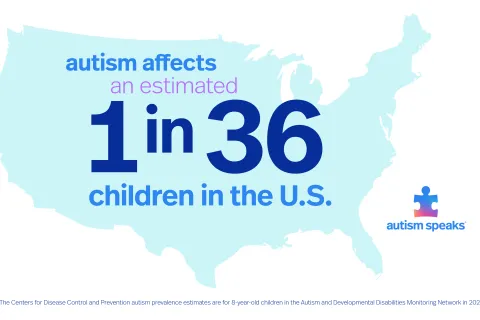U.S. Surgeon General issues advisory on youth mental health crisis
December 28, 2021Earlier this month, U.S. Surgeon General Dr. Vivek Murthy issued an advisory to highlight the growing mental health crisis among the nation’s youth. Even before the pandemic, mental health challenges were the leading cause of disability and poor health outcomes among children—and the stress of COVID-19 has only made the problem worse.
According to the report:
- One in five children ages 3 to 17 in the U.S. have a mental, emotional, developmental or behavioral disorder.
- From 2009 to 2019, the share of high school students who reported persistent feelings of sadness or hopelessness increased by 40% to more than one in three students.
- Between 2007 and 2018, suicide rates among youth ages 10 to 24 increased by 57%.
The pandemic has added to these challenges by disrupting the lives of children and adolescents across the country. For many, school closures have increased social isolation, reduced access to needed services and negatively impacted the health and well-being of caregivers.
In the face of this crisis, the Autism Speaks Autism Care Network (ACNet) is committed to improving mental health outcomes for autistic youth across the country. According to Dr. Eric M. Butter, Ph.D., co-chair of the ACNet Steering Committee and Behavioral Sciences Committee, the Network is focused on three cooccurring behavioral conditions associated with autism: ADHD, anxiety and irritability.
“A major focus of the Autism Care Network is trying to better understand and treat ADHD symptoms, anxiety and irritability, which includes tantrums, self-injurious behaviors and non-compliance,” Dr. Butter explains. “Autism rarely travels alone, and detangling and treating these cooccurring conditions as early as possible is very important to helping children and families realize a better quality of life.”
The ACNet has been working hard to improve the assessment of these three conditions, develop more effective interventions, and offer guidance to clinicians to ensure positive outcomes among autistic youth.









